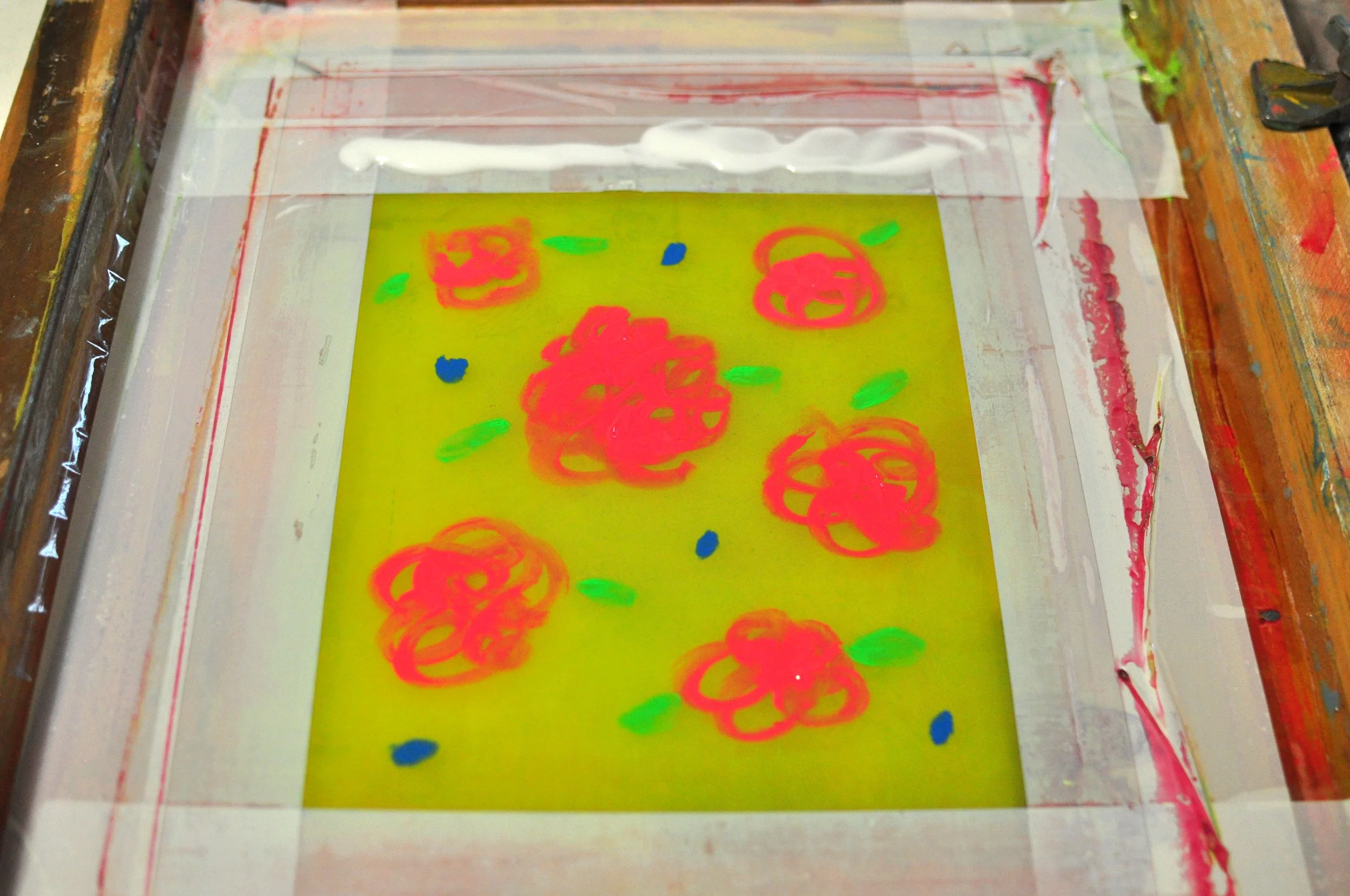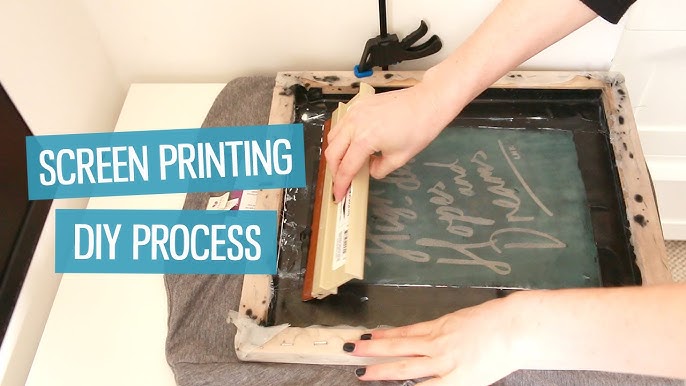All About Screen Printing: A Comprehensive Overview to Its Applications and benefits
Screen printing has a rich background and offers many sectors today. Its benefits, consisting of dynamic colors and resilience, make it an attractive selection for bulk production. Numerous designers and businesses utilize this technique for various applications, from fashion to promotional products. Comprehending the screen printing procedure is essential for those aiming to access its possibility. What adheres to is an expedition of its advantages and techniques that could transform innovative ventures.
The History of Screen Printing
The advancement of screen printing is a fascinating journey that traces back to old human beings. The method can be linked to the Chinese, that established a form of stenciling as early as the Song Empire (960-1279 AD) utilizing silk and all-natural inks. By the 18th century, screen printing made its means to Europe, where craftsmens taken on and adapted the approach for textile decor.
In the 20th century, screen printing got popularity in the United States, specifically with the increase of commercial printing and marketing. Musicians like Andy Warhol used the method, boosting it to an art type. The intro of synthetic inks and mesh fabrics better revolutionized the procedure, making it much more functional and efficient. Today, screen printing is commonly used in different industries, from fabrics to signage, showcasing its long-lasting significance and flexibility with the ages.
Advantages of Screen Printing
Screen printing provides countless advantages that make it a recommended choice for numerous businesses and musicians. One significant benefit is its versatility; it can be related to different materials such as metals, textiles, and plastics, enabling a vast array of applications. Furthermore, screen printing provides sharp pictures and dynamic shades, making sure top notch results that stick out.

Applications of Screen Printing
Applications of screen printing are varied, spanning various sectors and objectives. This flexible strategy is commonly utilized in fabrics, allowing for dynamic styles on apparel, hats, and accessories. In the marketing items sector, services often rely upon screen printing to produce customized items such as tote, water bottles, and banners, improving brand name visibility.
Additionally, screen printing locates usage in electronics, where it is employed to use conductive inks on motherboard. The auto market likewise gains from this approach, utilizing it for attractive components and safety and security tags. The art community embraces screen printing for creating minimal version artworks and posters, offering artists a means to replicate their job with precision. The product packaging sector makes use of screen printing for item labeling, making sure that branding is both attractive and resilient. Generally, screen printing's versatility makes it a necessary tool across countless fields.
The Screen Printing Process
Recognizing the screen printing process includes numerous vital actions that change a design into a substantial item. An image is produced and then transferred onto a display, which is commonly made of a fine mesh material. A pattern is used, permitting only particular areas of the screen to pass ink. Next, the screen is positioned over the substratum, whether it be textile, paper, or another product.
A squeegee is then utilized to press ink through the open locations of the stencil onto the substrate. This procedure can be duplicated for several colors, calling for specific alignment for each layer. After printing, the product normally undergoes a treating procedure to establish the ink, making sure durability and vibrancy. This organized approach makes screen printing a flexible and reliable approach for producing high-grade designs on a variety of materials, catering to both imaginative and business demands.
Tips for Getting Going With Screen Printing
Beginning on a display printing trip can be both difficult and interesting for novices. To assure a smooth introduction, it is crucial to begin with the appropriate devices. Buying a basic screen printing kit can give essential devices without overwhelming prices. Beginners should additionally acquaint themselves with the screen printing process, including preparing displays, mixing inks, and proper printing techniques.

Networking with various other screen printers, either online or in local workshops, can supply assistance and ideas. Lastly, keeping a clean workspace and organizing products can streamline the printing process, making it a lot more satisfying and efficient. With persistence and method, newbies can find success in the globe of screen printing
Regularly Asked Concerns
What Materials Can Be Utilized for Screen Printing?
Screen printing can use various products, consisting of cotton, paper, plastic, and polyester. In addition, inks such as water-based, plastisol, and discharge are frequently used, permitting for varied applications throughout fabrics, product packaging, and promotional products.
How Much Time Does Screen Printing Last on Apparel?
Screen printing can last numerous years on garments, depending on factors like ink top quality, material type, and care instructions. Proper washing and dealing with significantly improve the longevity, making certain the layout stays dynamic over time.

Can Screen Printing Be Done at Home?
Yes, screen printing can be done in your home. With the appropriate tools and materials, people can develop custom designs on different garments, permitting individual expression and imagination in their projects without requiring professional services.
What Is the Price of Setting up a Display Printing Company?
Establishing a display printing organization typically sets you back between $2,000 and $10,000, relying on tools quality, products, and workspace. Extra expenditures include advertising and marketing, utilities, and continuous supplies, which can considerably affect overall financial investment.
Just how Do I Clean Screen Printing Screens?
To clean up screen printing displays, one should use a solvent to get rid of ink, followed by a pressure washing machine or tube to get rid of residue. A gentle scrub with a brush guarantees that screens stay in suitable problem.
In the 20th century, screen printing gained popularity in the United States, especially with the increase of industrial printing and marketing. In addition, screen printing discovers use in electronic devices, where it is employed to use conductive inks on circuit boards. Understanding the screen printing procedure includes several vital actions that transform a design right into a tangible item - 10:9 Design Screen Printing. Screen printing can last a number get more info of years on garments, depending on aspects like ink high quality, material kind, and care guidelines. To clean up screen printing displays, one need to use a solvent to get rid of ink, adhered to by a stress washer or pipe to remove deposit